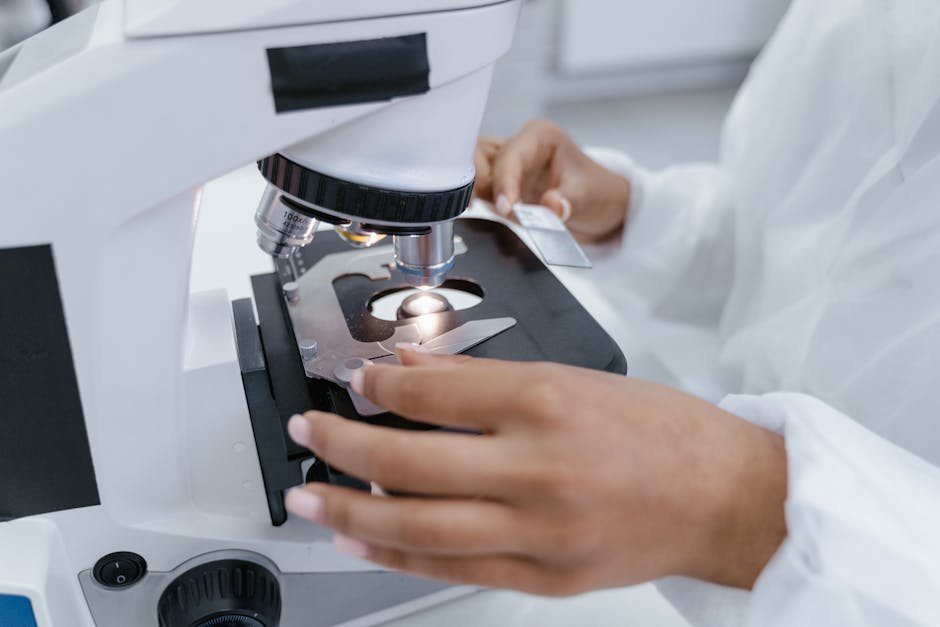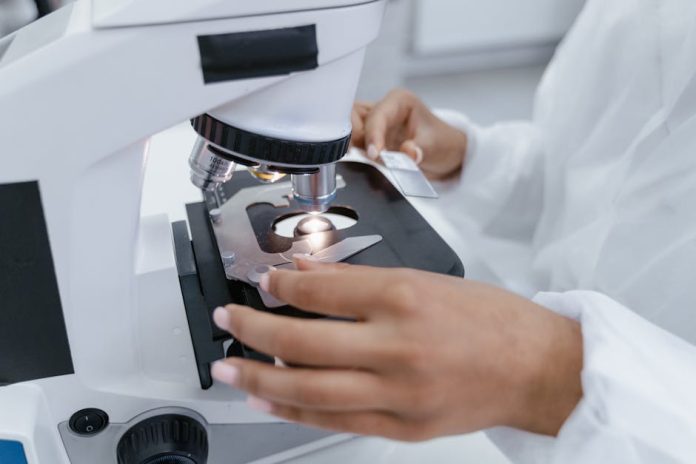
For centuries, it was widely believed that many devastating diseases, including leprosy, were brought to the Americas by European colonizers, unleashing epidemics on indigenous populations with no prior exposure. This narrative has shaped our understanding of early American history and the tragic impact of conquest. However, groundbreaking new research leveraging the power of ancient DNA is dramatically rewriting this chapter, revealing a shocking truth: leprosy was present in the Americas long before Columbus ever set sail.
Scientists analyzing skeletal remains from pre-Columbian sites across the Americas have made a stunning discovery. By meticulously extracting and sequencing ancient DNA from these bones, they have identified genetic material belonging to *Mycobacterium leprae*, the bacterium responsible for leprosy. Crucially, the genetic signatures found in these ancient samples are distinct from the strains commonly associated with European introduction, suggesting an independent and much earlier arrival.
This revelation challenges a cornerstone of historical epidemiology. Previously, the prevailing theory was that the disease was entirely foreign to the continent. Now, the evidence points to leprosy arriving potentially thousands of years earlier, perhaps with the very first waves of human migration across the Bering Strait from Asia, or even via other less understood trans-Pacific routes. This pre-Columbian presence means indigenous populations had been contending with leprosy for generations, developing their own strategies for managing the illness within their societies long before European contact.
The implications of this discovery are profound. It forces us to reconsider the health landscapes of ancient American civilizations, suggesting a more complex picture of disease prevalence and adaptation than previously imagined. It also highlights the incredible power of ancient DNA technology to unearth hidden histories and dismantle long-held historical assumptions. While the full extent of leprosy’s impact on pre-Columbian societies remains to be fully explored, this scientific breakthrough opens new avenues for understanding population movements, disease evolution, and the resilience of ancient peoples in the Americas. It’s a stark reminder that history, like DNA, always holds more secrets waiting to be decoded.

